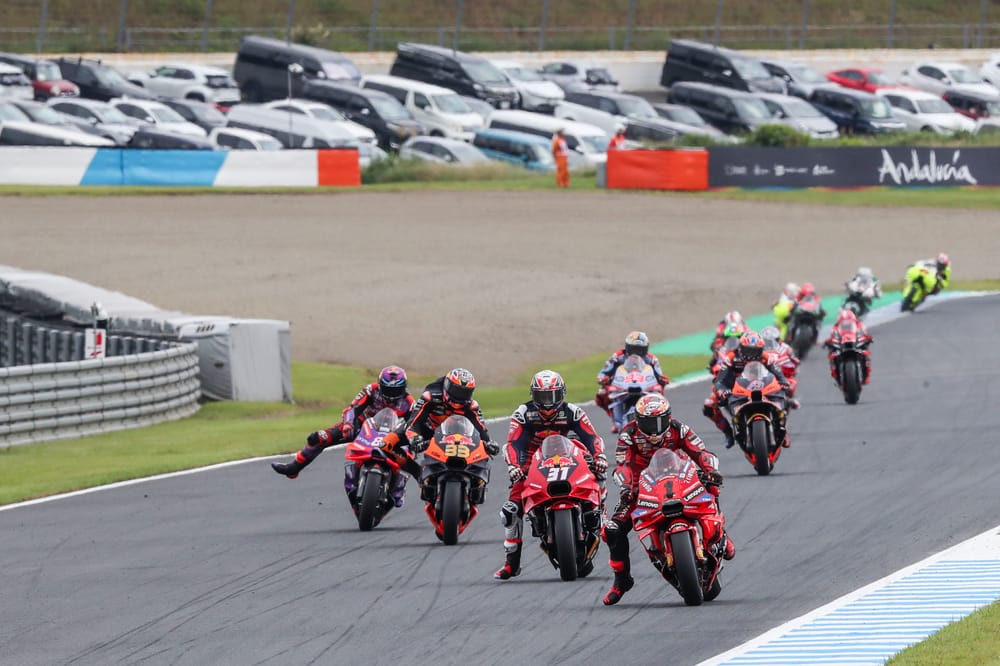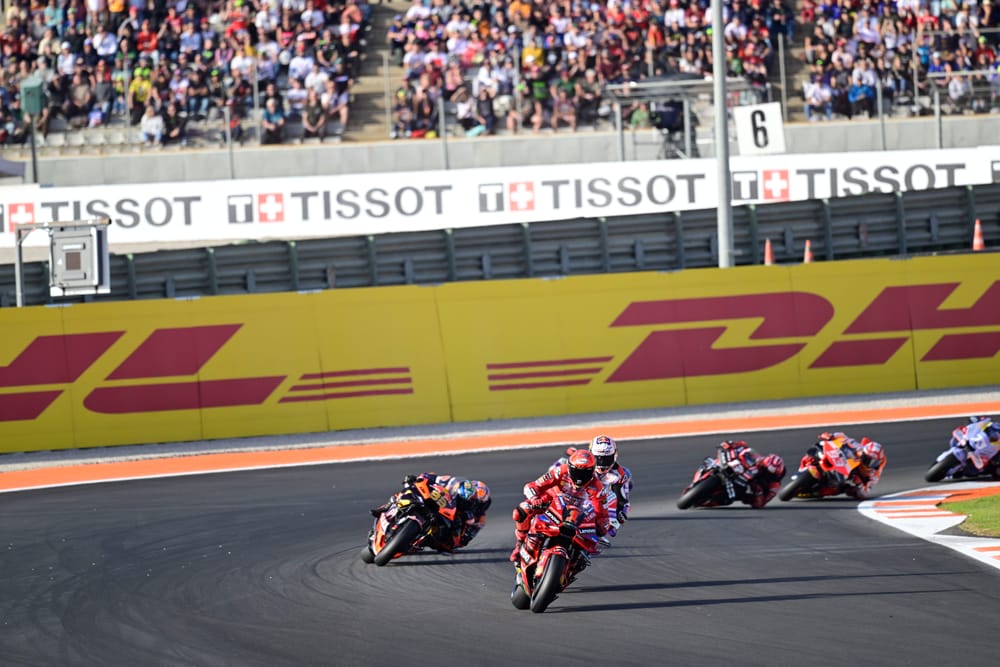MotoGP’s plan to freeze engine development for the final year of its current regulations in 2026 has been approved by the Grand Prix Commission.
The championship is working towards a major rules reset for 2027 that includes a switch to 850cc engines. So the freeze is an attempt to control costs by putting an early stop to development spending on the current engines, as the leading teams’ 2025 engines will now carry through to 2026 with no further development.
But it won’t apply to everyone, as those manufacturers whose concession system ranking gives them engine development freedom in-season will still have that perk.
HONDA AND YAMAHA CAN KEEP WORKING
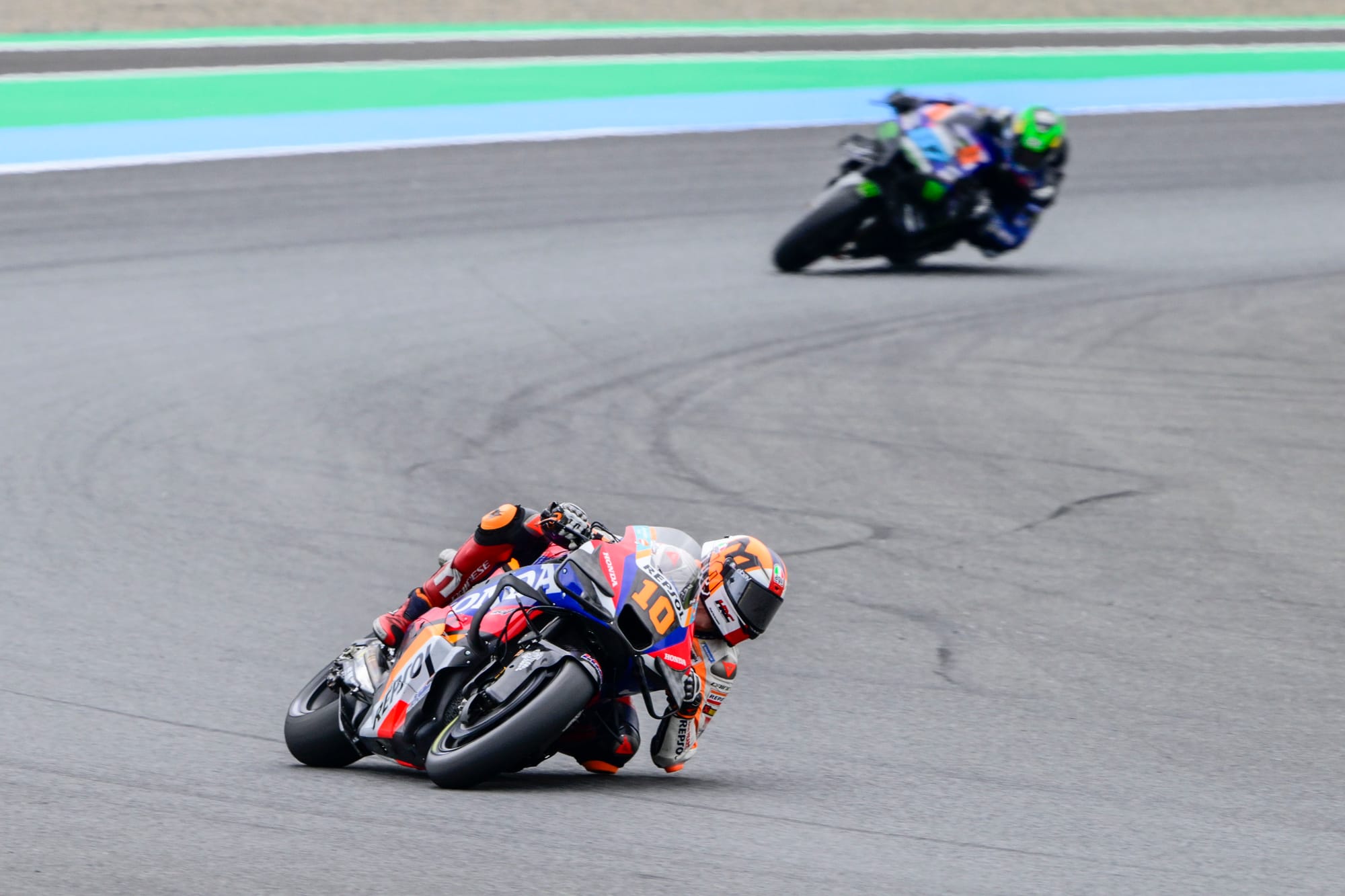
Manufacturers in ranks A-C in the concessions system must already keep the same engine specification for a whole season, so for Ducati, Aprilia and KTM the engines they bring at the start of 2025 will now remain the same not just for that season but all of the next one too.
Rank D strugglers Honda and Yamaha can - if they wish - keep changing engine specifications through 2025 and ‘26 too even with the freeze in place.
The only way that would change would be if they improved enough to move up a rank in the concessions table, but as it’s calculated on the percentage of maximum constructors’ points a manufacturer has scored and Honda and Yamaha are currently scoring even worse in 2024 than they did in 2023, any status change looks some way off.
The concessions system will be completely reset when the new rules come in for 2027.
THE LAST ENGINE FREEZE
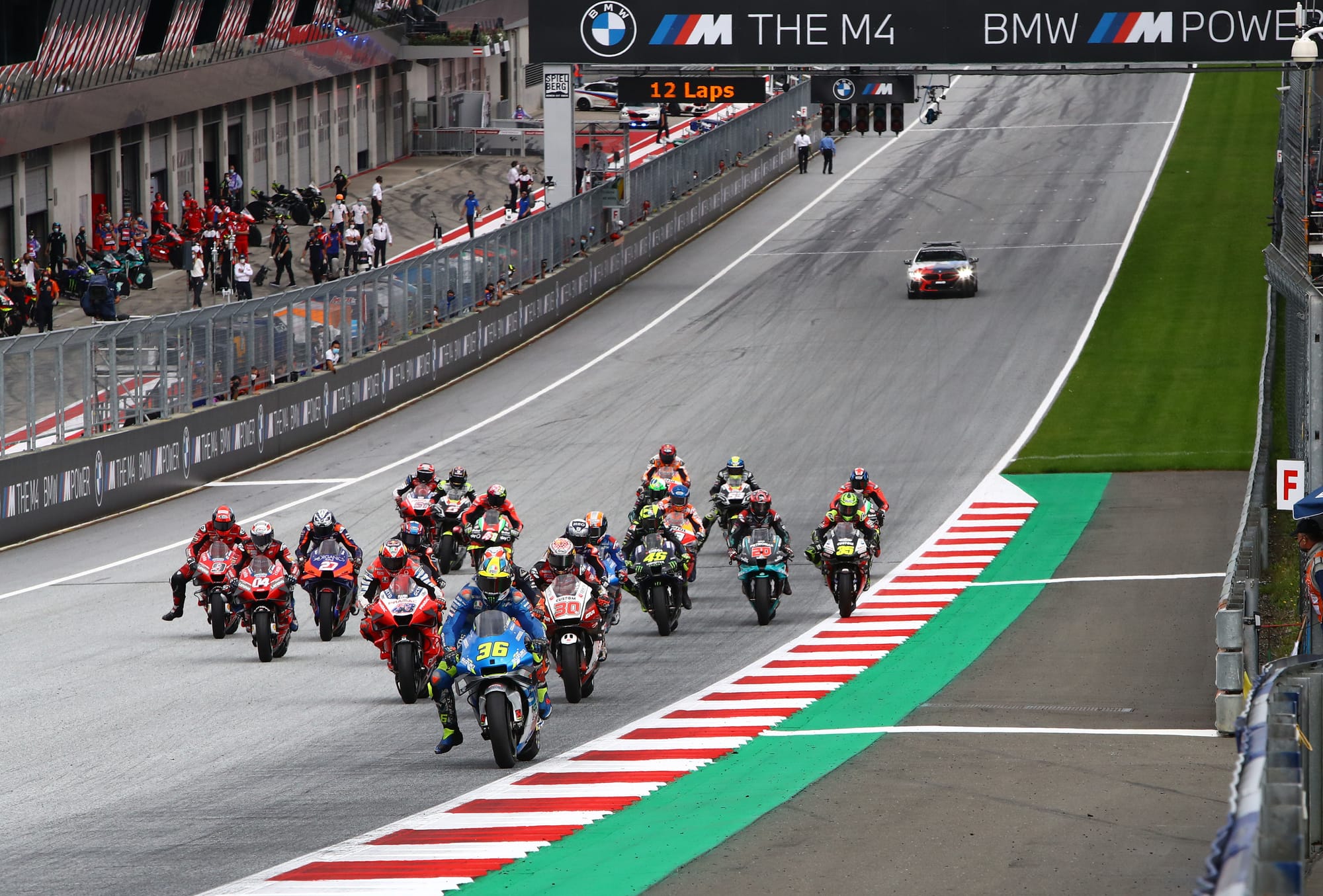
MotoGP previously instigated an engine freeze during the COVID pandemic.
As Dorna sporting chief Carlos Ezpeleta recently pointed out when speaking last month before the new freeze proposal had been approved, it certainly didn’t hurt the competitive picture back then - 2020 producing a title fight eventually won by Suzuki but in which every manufacturer bar Aprilia had a championship hope at some point, and 2021 being a season-long Yamaha vs Ducati fight in which KTM and Honda also won races and Suzuki came close.
“As Dorna, we think that with the huge changes that are being made to the bikes for 2027 and a completely new engine being designed, we think it would be prudent to have a freeze,” said Ezpeleta.
“The latest engine freeze was during COVID, during the 2020-2021 seasons, and it's when the sport was really, really equalled by all.
“Of course in that moment there was an engine freeze for some and not for others because KTM and Aprilia were benefitting from concessions back then, and Honda and Yamaha will benefit from concessions now.
“So that actually might be a factor which will help Honda and Yamaha to come closer in terms of engine performance - or not, you never know!”
BUT WILL THEY TAKE ADVANTAGE?
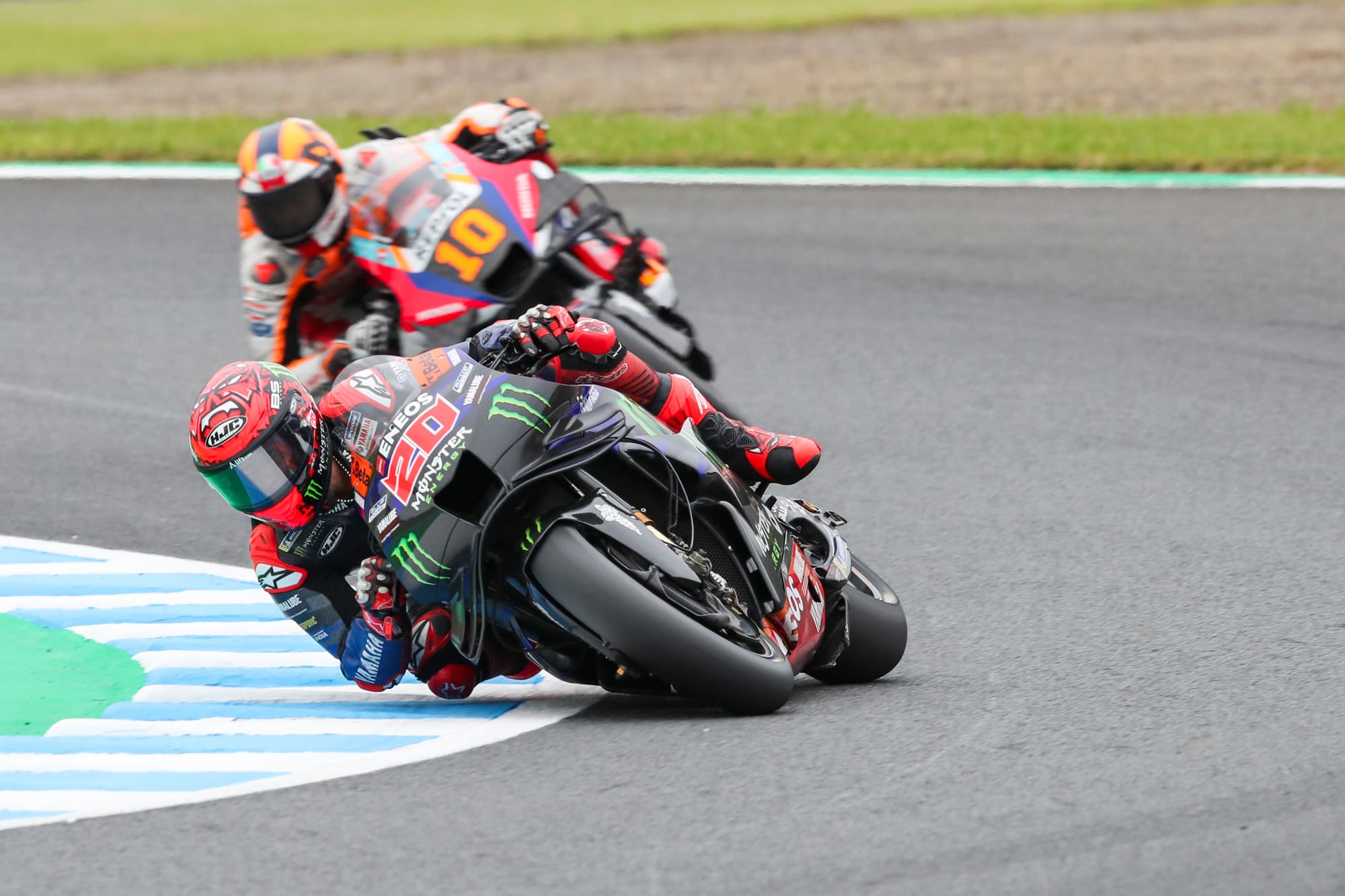
Ezpeleta also suggested that even Honda and Yamaha might not want to keep developing the 1000cc engines in 2026 as they might consider it a needless distraction from preparations for the big chance the 2027 reset offers them - though Yamaha’s upcoming move to a V4 engine configuration probably means it’ll take any chance for development learning of any kind.
“That's the reality. It can play both sides of the coin,” Ezpeleta continued.
“You never know if it's better for a manufacturer, for a leading manufacturer, to be concentrated on the future evolution of the engine, for the new 850s, or to continue developing the 1000s. Only time will tell.”
WHO IT MIGHT HURT
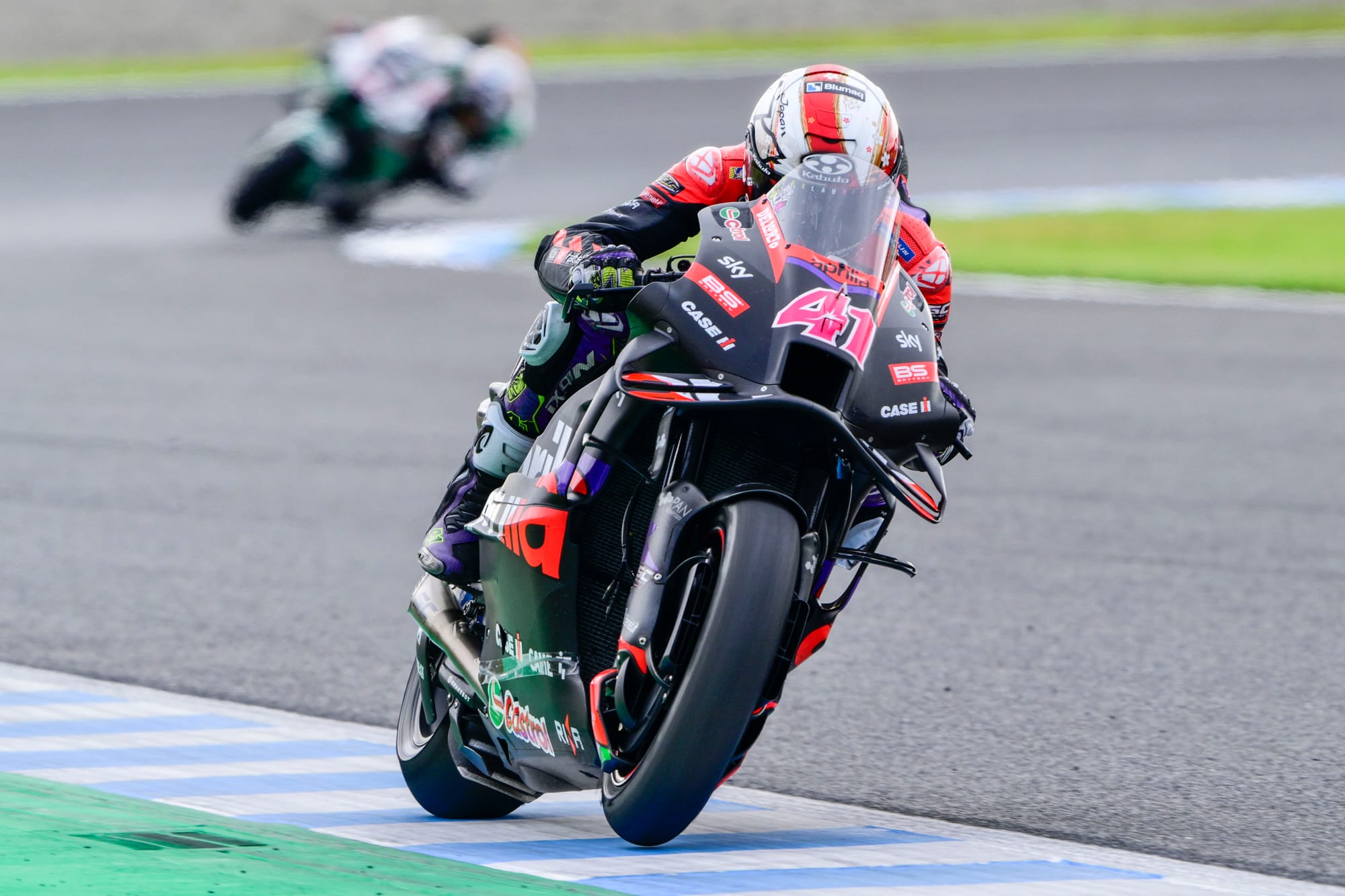
The freeze proposal required unanimous approval to go into the regulations, so it’s safe to assume all five manufacturers are on board.
But it’s logical to wonder if Aprilia might’ve had reservations.
It is still at a top-end power disadvantage, and if its 2025 engine doesn’t resolve that then it’s stuck with that situation right through 2026 too - seasons in which it has high hopes of its first proper MotoGP title bid having signed current championship leader Jorge Martin and 2023 title contender Marco Bezzecchi.
KTM’s engine is generally regarded as a strong part of its package and always fares well through the speed traps, so it won’t have too many qualms about keeping the same spec for 2025 and ‘26.
And given its current crushing form, Ducati has little reason to fear being toppled during the remainder of this rules cycle regardless of whether it or anyone else is allowed to do engine development.


